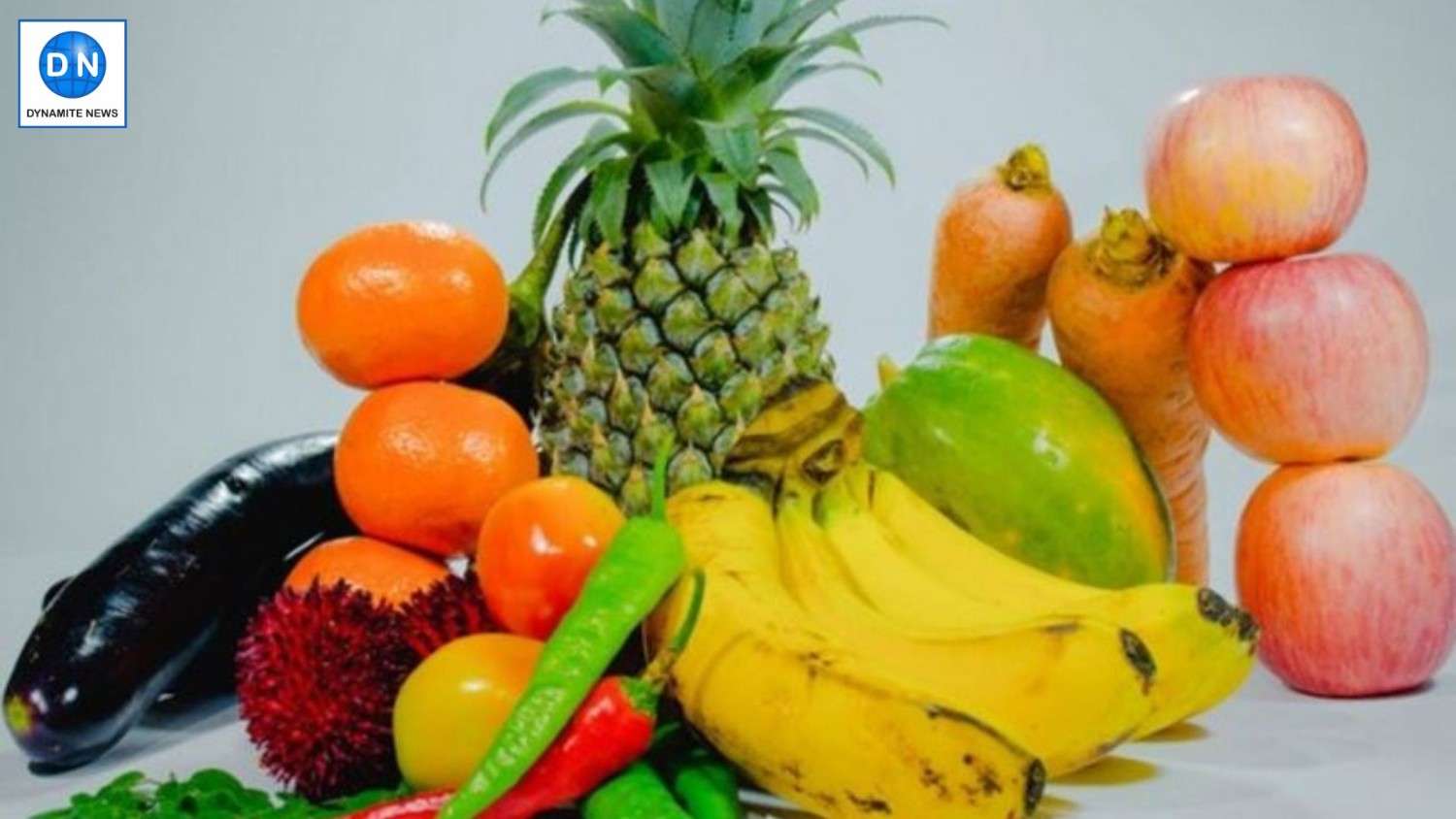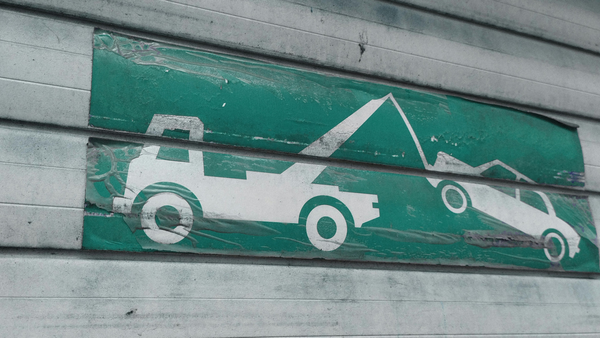
Georgia: Before your favourite produce arrives at the grocery store, it must be carefully harvested and stored for extended periods of time. A recent University of Georgia assessment argues that new temperature sensing devices could make that procedure considerably easier, as agricultural issues are exacerbated by changing climates.
Maintaining temperature, humidity and light is critical to ensuring fruits and vegetables don't spoil or deteriorate rapidly. Temperature spikes are the root of adverse outcomes like premature spoilage and rotting, so monitoring these changes quickly and accurately is key.
Researchers say thermal imaging technology could help control temperatures before and after harvesting fruit and vegetables.
"Measuring temperature in food processing environments has to be done right," said Kevin Mis Solval, lead author of the study and an associate professor in UGA's College of Agricultural and Environmental Sciences. "We do it on a regular basis to make sure we have the proper conditions for producing safe products, but it may not always be done practically. These types of thermal imaging tools are not only feasible but cost-effective and good at measuring temperature profiles. That is beneficial for a farmer or food processing facility."
A thermal image can replace old-school thermometers in some environments
Mis Solval evaluated the technology as a tool for rapidly sensing abrupt temperature changes in crops in real time. By collecting infrared radiation of fruits and vegetables, thermal imaging technology can gauge temperature without contact.
Also Read |
Chemists design novel method for generating sustainable fuel
These types of cameras are readily available to food producers and range from industrial-grade cameras to smartphone attachments.
But they have one thing in common: If there's a drastic temperature spike, the technology can flag it.
"Once you harvest, there is a decomposition process that starts right there, so in some instances a rapid cooling process is very critical for extending the shelf life of fresh produce," Mis Solval said. "If this cooling process is not done correctly, then the shelf life of some fruit and vegetables is significantly shorter. We're talking two weeks compared to three or four days."
Many leafy greens must be picked and then immediately cooled, for example, so a quick temperature measurement must match that speed.
Currently, farmers and harvesters use conventional thermometers to capture the temperature of one or two items. But that process is not only time-consuming but potentially damaging to the product. Poking and prodding fruits and veggies for an accurate temperature reading can cause minor damage and increase the risk of cross-contamination.
Thermal imaging technology could save produce from the trash
External heat flux in the harvesting process is more common than it used to be. Extreme temperatures, intense solar rays and drought stress are making products on the field more at risk for defects.
Also Read |
Health: Antioxidant Flavonols Linked To Slower Memory Decline, Says Study
Ideally, thermal imaging technology will be automated in the future to further optimize the processing of preharvest and postharvest.
Thermal imaging technology has been effective in evaluating the quality of seeds and food safety, but this is the first time it has been considered for such a key part in the pre- and postharvest processes of fresh produce.
This type of technology could make or break the quality of produce you put in your shopping basket.
"Items with a shorter shelf life have less of a chance to reach the marketplace," Mis Solval said. "If it doesn't meet the quality criteria for the supermarket, it's going to be discarded. If it makes it to the consumer and fails in quality, it's going to be thrown away. We are making sure quality produce reaches the final consumer." (with Agency inputs)







